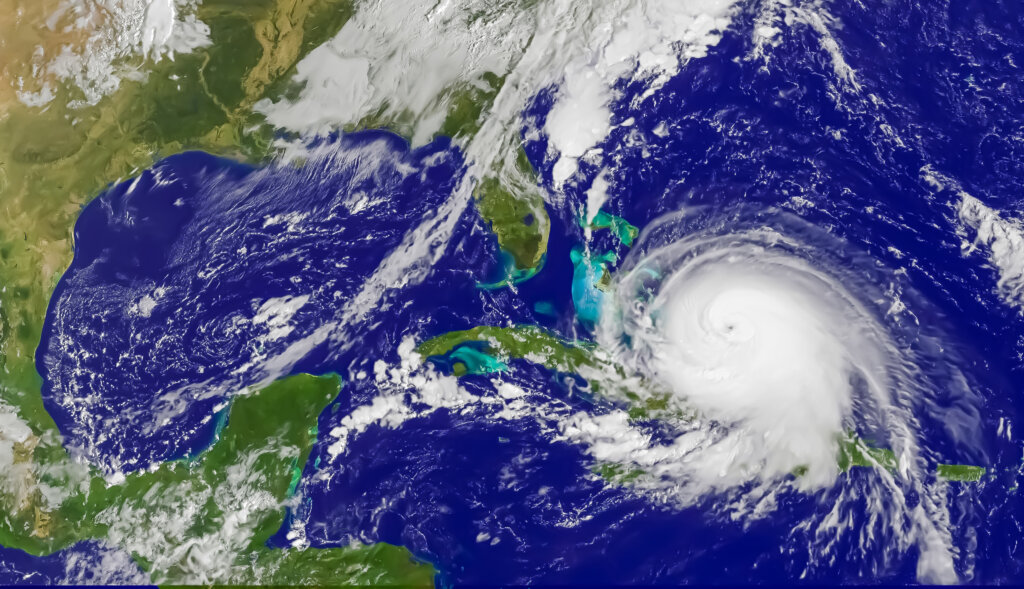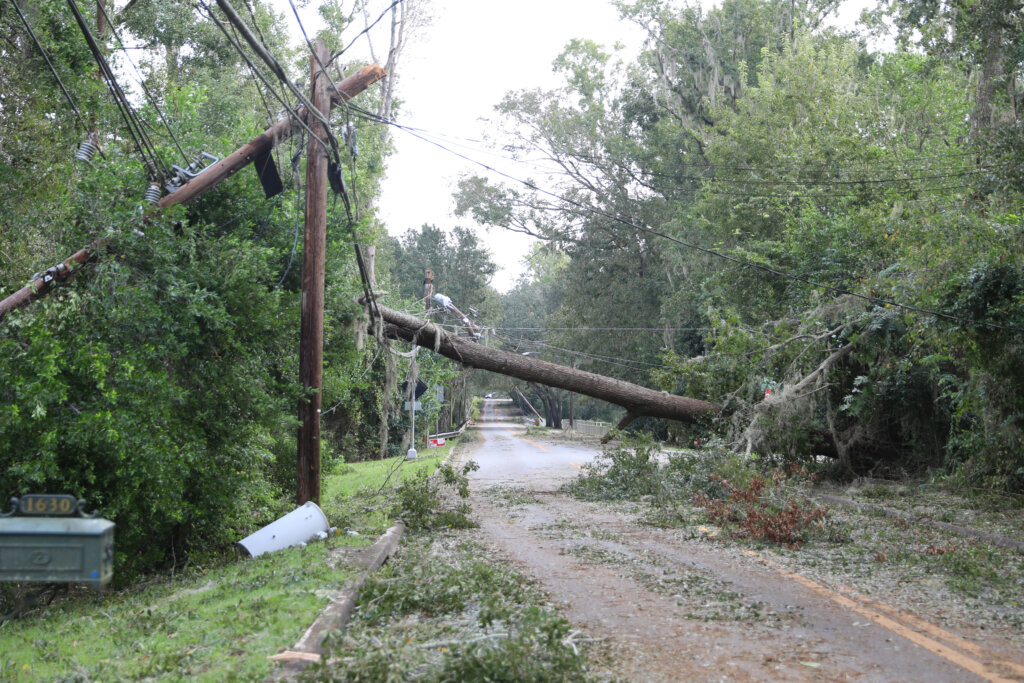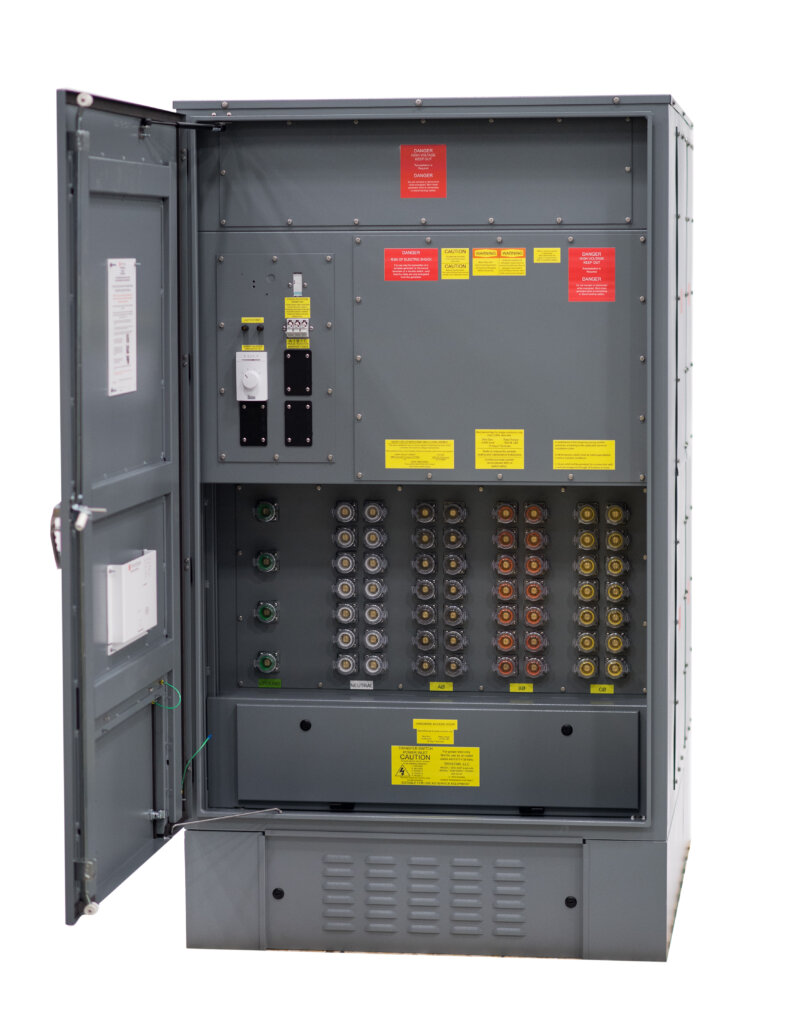In today’s high-stakes energy landscape, rapid power restoration for utilities has become more than a best practice — it’s a strategic imperative. As power outages become more frequent and costly, utilities are navigating unprecedented pressure to protect critical infrastructure, satisfy regulatory demands, and maintain public trust. Meeting this challenge requires a new mindset — one that reimagines utility outage response not as a reactive repair function, but as a dynamic, technology-driven capability essential to grid reliability.
Service Average Interruption Duration Index (SAIDI) and Customer Average Interruption Duration Index (CAIDI) metrics, once viewed internally as operational benchmarks, are now headline statistics for regulators, media, and customers alike. Every minute of downtime carries heavier consequences — not only in lost revenue but in risks to public health, safety, and economic stability. In this reality, utilities must adopt restoration strategies that are faster, smarter, and more resilient than ever before.
Rethinking Outage Response In A New Era
The need for advanced power restoration equipment and strategies is no longer optional but essential for operational viability. Aging infrastructure, rising load demands, and increasingly severe weather events have combined to create a grid environment far more volatile than the one utility companies were originally designed to manage.
Compounding the challenge, restoration delays amplify operational costs, strain emergency response resources, disrupt essential public services, and frustrate customers who rely on timely power solutions. Every hour of downtime raises both the direct financial burden and the long-term risks to utility brand trust. In response, utilities are moving beyond traditional “fix when fail” outage management practices to reimagine restoration strategies as dynamic, proactive systems capable of anticipating and adapting to emerging grid threats. This evolution, supported by a robust grid resilience strategy, is critical to maintaining both real-time service continuity and long-term system resilience.
The traditional outage response model, built on static asset deployment and manual field coordination, is quickly reaching its limits. Extreme weather events — whether a Category 5 hurricane, a polar vortex, or a fast-moving wildfire — are overwhelming legacy playbooks. Utilities are being forced to modernize restoration strategies in real time, moving away from reactive, one-off repairs toward comprehensive rapid restoration frameworks that can flex and adapt across diverse scenarios. The future of grid reliability will belong to those who rethink not just how they restore power, but how they prepare for the moment restoration becomes necessary.

Satellite view of a Category 5 hurricane headed for the southeast United States.
Portable Power Distribution: The New Backbone Of Utility Resilience
Leading utilities are reengineering their outage response capabilities around portable, smart power restoration equipment. Mobile substations, modular switchgear, generator docking stations, load banks, and real-time monitoring systems (including Sequence Of Events Recorders and Time Sync Hubs) are reshaping what is possible in the critical hours following an outage. These assets allow utilities to restore service to critical loads without waiting for permanent repairs — providing a mobile, flexible extension of the grid when and where it’s needed most.
Smart, portable systems bring a new level of intelligence, speed, and rapid response to utility outage scenarios. Real-time data capture, remote control capabilities, and automated fault isolation empower utilities to make faster, better-informed decisions during emergencies. Restoration crews can pre-position resources based on predictive analytics, dynamically reroute power around damaged sections, and restore service to critical infrastructure while the broader grid repair effort continues. This modular, technology-enhanced approach is directly improving SAIDI and CAIDI outcomes and redefining how utilities measure restoration success.

Utility power outage resulting from severe storm damage.
The role of supply chain partners — electrical distributors, rental companies, and OEMs — has never been more pivotal. Sourcing Directors are increasingly prioritizing relationships with vendors that offer not just equipment, but integrated support services: turnkey logistics, engineering expertise, and the ability to mobilize quickly under pressure. In an industry where the difference between leadership and liability is often measured in minutes, rapid access to the right power restoration equipment is now a strategic differentiator.
As the utility sector braces for an era of more frequent disruptions, one thing is clear: developing a grid resilience strategy and ensuring rapid power restoration are no longer contingency plans; they are core to the mission of grid reliability. The utilities that succeed will be those who invest not just in hardening their infrastructure, but in building agile, intelligent restoration capabilities that can meet the moment — no matter how unpredictable the future becomes.
What Temporary Power Solutions Help Utilities Restore Power Fast?
Utilities facing today’s restoration challenges need fast, flexible tools that can be deployed immediately after an outage to minimize downtime for customers. Temporary power for utilities is no longer only about emergency fixes — it’s a critical extension of grid resilience strategy. By investing in advanced, portable solutions like restoration carts, generator docking stations, as well as portable power transformers and distribution panels, utilities can dramatically accelerate recovery times while protecting both their crews and critical infrastructure.
1. Restoration Carts For Bridging Damaged Lines
Restoration carts are becoming an essential tool for utilities working to restore power quickly after underground faults or cable damage. These mobile units allow crews to bypass damaged underground sections without the need for time-consuming trenching or complete rewiring, enabling service restoration in a fraction of the time. Using a restoration cart not only reduces labor costs but also significantly improves crew safety by minimizing exposure to hazardous excavation environments. For utilities tasked with maintaining rapid power restoration under tough conditions, restoration carts offer an efficient, proven solution to bridge damaged circuits safely and effectively.
2. Generator Docking Stations For Backup Connection
Generator docking stations provide a fast, standardized connection point between portable generators and essential utility assets including critical facilities, substations, or command and control centers. During planned maintenance or sudden outages, having a pre-installed generator docking station allows utilities to mobilize portable generation in minutes rather than hours. This capability is critical for restoring temporary power for utilities that must support critical infrastructure through both scheduled projects and emergency events. In today’s regulatory and customer-driven environment, docking stations have become a core component of utility outage preparedness and rapid recovery strategies.
3. Portable Transformers And Distribution Panels
Portable power transformers and distribution panels give utilities the ability to reroute or step-down electrical loads at critical nodes when traditional infrastructure is compromised. These temporary assets are versatile enough to be deployed in dense urban grids, rural service territories, or even remote, hard-to-reach segments. In an outage event, a portable power transformer can be rapidly positioned to restore voltage stability, while portable distribution panels enable flexible load balancing and branch circuit support. Together, they play a vital role in delivering temporary power for utilities striving to maintain system continuity under challenging and dynamic conditions.

Generator Docking Stations are used as a connection point for temporary power generation.
Conclusion
Rapid power restoration solutions for utilities are transforming the way energy providers respond to outages, leveraging advanced technologies and streamlined processes to minimize downtime and ensure reliable service. If your utility is ready to elevate its power restoration capabilities, now is the time to invest in rapid restoration solutions that deliver speed, reliability, and customer satisfaction. Embrace the future of utility management by partnering with experts who understand the unique challenges of the industry and can tailor advanced technologies to your specific needs!
Contact our team today to discover how our rapid power restoration solutions can help your organization minimize outages, improve service quality, and build a more resilient energy future!